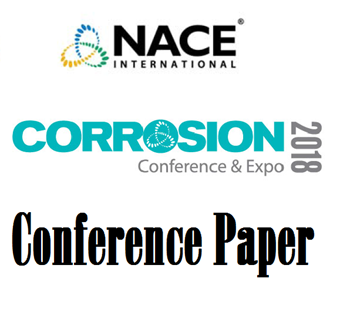Search
51315-6084-Influence of Weld Preparation Procedure and Heat Tinting on Sulfide Stress Corrosion Cracking of Duplex Stainless Steel
Also Purchased
51312-01250-Influence of Welding and Post-Weld Cleaning on Performance of Duplex Stainless Steels
Product Number:
51312-01250-SG
ISBN:
01250 2012 CP
Publication Date:
2012
$20.00
51318-11107-Effect of Oxygen in Back Shielding Gas on Corrosion Resistance of Super Duplex Stainless Steel Pipe
Product Number:
51318-11107-SG
Publication Date:
2018
$20.00
00504 COMPARISON OF THE CORROSION BEHAVIOR OF STAINLESS STEEL WELD MATERIALS VERSUS BASE METALS IN NUMEROUS CHEMICAL ENVIRONMENTS
Product Number:
51300-00504-SG
ISBN:
00504 2000 CP
$20.00




